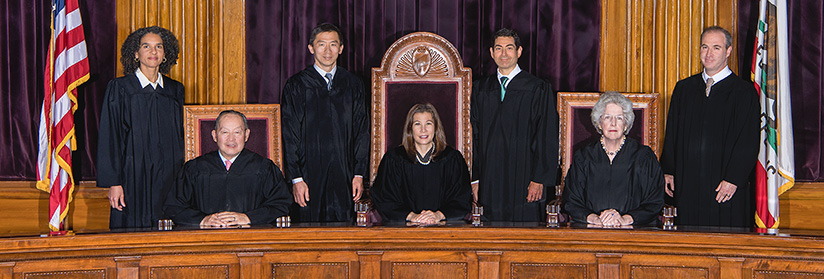An Insightful Overview Of Electronic Court Records

The transformative fingers of time and technology have changed nearly all the facets of human life. From how people communicate to how they transact their day to day activities. Apparently, the courts have not been spared by the transformative tidal wave of technology. Nowadays, courts can use technology to increase their effectiveness, efficiency and accessibility. A quintessential example of how courts can employ technology in their modus operandi would be via the use of electronic court records.
The use of electronic documents in courts has become propitiously advantageous. With the ability to read and file from any location, it is like having the courthouse at your fingertips. Even though the use of electronic court files will primarily influence the internal function of the court, it will also auspiciously provide opportunities for court users to expand how they interact with the courts on a daily basis. As a result, it is imperative that all courts around the world embrace electronic court documents. Fortunately, if you are wet behind the years on the nuts and bolts of electronic court filing, this article provides you with and insight overview that will boost your knowledge on the subject.
What are Electronic Recording of Court files?
Electronic court filing (ECF), also referred to as e-filing, is the automatic electronic transmission and storage of legal court documents. The electronic filing of a court document represents the migration of the court record from a paper to an electronic format. Electronic filing enables lawyers and other court users to submit and have access to multiple court systems.
It is worth mentioning that electronic filing is robustly secure. Its impregnable security and privacy has been made possible thanks to digital signatures. Apart from heightened security, there are other veritable benefits of electronic court documents. These benefits include;
Physical Space Saving: Given that storage of paper documents consumes hundreds if not thousands of square feet of courthouses, electronic documents can significantly help in saving physical space. This benefit tows along with some other benefits, including the elimination of the expenses that are incurred to maintain the areas that the documents are stored. For instance, the space where the documents are stored is usually cooled, heated, and staffed at great expense.
Easy Accessibility of Court Files: Electronic filing of court cases and records allows speedy and easy accessibility of court records data. This can auspiciously save time. Generating, filing, and maintaining paper court documents take a considerable amount of time. Luckily, electronic filing allows court staff to accomplish all these tasks as quickly as possible. Judges can also easily download previous court rulings copies to their laptops for quick use or reference. It is important to also note that electric filing also allows files to be accessed virtually from anywhere in the world 24 hours a day.
Environmentally Friendly:
Migrating from paper documents to electronic documents can substantially eliminate the need for literally tons of paper annually. This makes this form of filing a practical and environmentally friendly move. Additionally, given that court users will not have to go to the courthouses in order to access the files needed, this will save on gasoline and reduce carbon emission, considering that there are millions of law associated professionals. However, the road to electronic court filing has not evolved without challenges, including the fact that users such as mobile police officers and on the move legal assistants will need to have Internet access in order to access the court documents.
Conclusively, despite the obvious benefits of electronic court records, the courts must be very careful with their document formatting decisions. Courts must make sure that they come up with electronic formats that are easy to use so that court users and workers can be comfortable and capable of using the electronic documents.
Trackbacks
The author does not allow comments to this entry
Comments
Display comments as Linear | Threaded